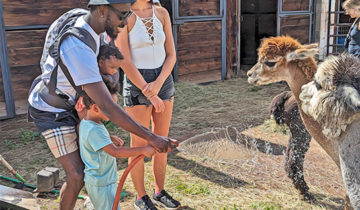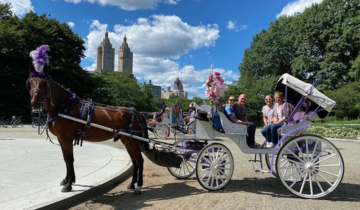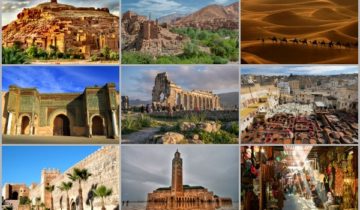Best Da Nang Vietnam travel attractions and holiday advices: Let’s enjoy all-inclusive Da Nang tours at reasonable prices that we can provide for you. As a Da Nang travel agency, we can offer almost everything that can make your trip perfect! There are many reasons why we can be the best choice for your travel plans. As a leading and trustworthy travel company in Da Nang, we always offer competitive prices for all our tours and activities, so you can enjoy everything that Da Nang has to offer without spending too much money. Read more information at Da Nang tours.
While in Hoi An, be sure to visit My Son Cham towers, located southwest. Not only is this one of Vietnam’s most striking examples of its ancient Champa Kingdom and a World Heritage Site, but also one of Southeast Asia’s most important archaeological sites and a foremost Hindu temple complex. Set in a narrow wooded valley, surrounded by forested mountains, this evocative Cham temple sanctuary was once an important spiritual and political center and royal burial ground of the former Champa civilization, built between the 4th to the 14th centuries.
For nearly 150 years until World War II, the Imperial Citadel of Hue served as the capital of Vietnam’s Nguyen dynasty. In the very center of these secure walls was the Purple Forbidden City, an area reserved exclusively for the royal family. The enormous Imperial Citadel was also a strategic hold during the Vietnam War, as it stands very close to the demilitarized zone that separated North and South Vietnam. This destination is significant for all those who are interested in the history of the nation.
Beautiful Hoi An is the most atmospheric city in Vietnam, with bags of surviving historic architecture. The old town quarter is a joy to explore, packed to the brim with well-preserved merchant houses that hark back to Hoi An’s trading center heyday of the 15th century, when the town was a major meeting point for Japanese and Chinese merchants who flocked here for the local silks. Plenty of the old merchant houses have been opened to the public, so you can get a taste of these times. The best is 17th-century Tan Ky House, with fascinating architectural and decorative elements. Hoi An’s major symbol is the delightful Japanese Bridge at the western end of Tran Phu Street, while nearby, the Assembly Hall of the Fujian Chinese Congregation is the old town’s most highly decorated temple. There are numerous small pagodas and museums dotted about town, but Hoi An’s true charm is found in simply rambling the old town streets admiring the well-preserved facades.
Hue Imperial City, set along the northern bank of the Perfume River, features hundreds of monuments dating back to early 19th century, including the Forbidden Purple City, royal tombs, pagodas, temples, royal quarters, a library and museum, Also called the Complex of Hue Monuments, this UNESCO World Heritage Site also hosts daily cultural performances at 09:00, 10:00, 14:30 and 15:30. Entrance fee is priced at VND 150,000, which combines visits to both Hue Imperial City and Hue Museum of Royal Antiquities. A 30-minute drive from Phu Bai International Airport, Hue Imperial City is a must-visit for any visitor to Central Vietnam.
Nestled beside the Red River, Vietnam’s enchanting ancient capital, Hanoi, is jam-packed with wonderful things to see. Key attractions and centuries-old legacies are clustered in clearly defined historic districts, with the most popular being the evocative Old Quarter, a compact, a square kilometer of ancient merchant quarters, dating back more than 500 years – something not to miss on your vacation in Vietnam. Since the 15th century, each street specialized in specific craft merchandise of which it was named after; even today, some of these charming streets still specialize in that original product or the modern equivalent, from tombstones to silk. Take a stroll or cyclo ride through this endearingly chaotic quarter, a fascinating glance at Hanoi’s daily life played out on the streets and soak up key sights that include merchant ‘tube houses’ and 11th century White Horse Temple. Be sure to stop-off at one of the gorgeous artsy cafés and street food eateries. See extra details at https://danangtourscity.com/.
The Hai Van Pass is one of the top attractions in this part of Vietnam and rests at around 500 meters above sea level. This makes it the highest pass of its kind in Vietnam and if you want to get panoramic views of Da Nang then this is the place to come. There are a number of historical markers along the way as you navigate the pass including a fort that would have been built during the French colonial period which was also used as a bunker during the Vietnam War by American and South Vietnamese troops. Son Tra Mountain translates as Monkey Mountain in English and this is part of a spectacular national park in Da Nang that is located at around 700 meters above sea level. This area is also called the Son Tra Peninsula and you will find winding roads here which lend themselves to hiking as well as cycling. The mountain is so named as it is the home of a rare species of monkey called the red face monkey.



